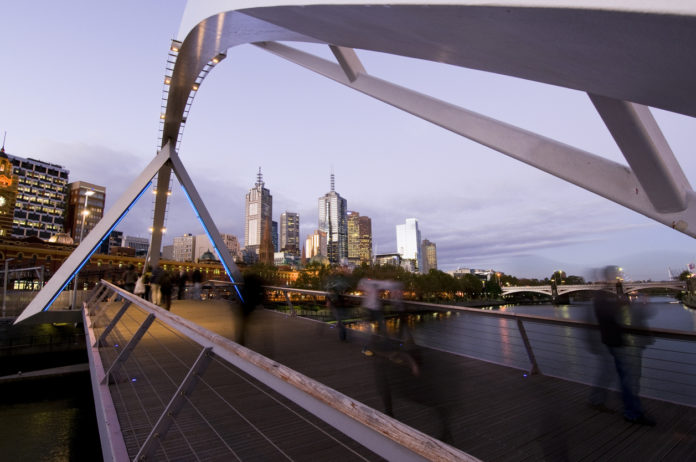The Victorian Government will partner with a global technology company to remotely monitor bridges in an effort to keep traffic and trains moving in the state.
Minister for Transport Infrastructure, Jacinta Allan said a joint venture would be established with US company, Xerox, for the new technology that remotely monitors bridges.
“This technology being rolled out on priority bridges enables remote real-time monitoring – meaning a small problem could be identified before it becomes a big costly problem that causes unnecessary delays to Victorians,” said Ms Allan.
“This will help to detect problems earlier, reduce delays caused by road closures for manual inspections and repairs, and help to find problems more quickly and accurately in the case of bridge strikes or other unexpected events.”
The technology is the result of trials carried out through a partnership between VicTrack and Xerox’s Palo Alto Research Center (PARC), which developed sensors that can be used to monitor structural health in bridges. Following the successful trials, the Government will invest $50 million to roll out the new technology on priority bridges across Victoria, through a new commercial company called Eloque.
The Eloque technology uses tiny fibre optic connected sensors attached to bridges to accurately measure and estimate structural strain, thermal response, bending, loads, vibration, and corrosion, which are all measures of structural health.
The technology analyses data collected from the sensors using advanced analytics to deliver information directly to the bridge owners and operators remotely via an interactive dashboard. Data can be seen in real time so the bridge manager can monitor whether a bridge has structural problems, has been damaged or needs repair.
It enables any problems to be detected that are not visible to the naked eye or may not show up in manual inspections. This means issues can be found early before they potentially go on to cause delays for motorists or passengers or be quite costly.
It also allows maintenance budgets to be better prioritised and targeted to the bridges that need it the most, making maintenance more efficient and less time consuming, the Minister said.
She said that while the technology is currently being used on bridges, it has the potential to be used on any structure that needs maintenance – including roads, multi-storey car parks, tunnels and ports.
“The technology will be progressively rolled out on priority bridges, particularly those that regularly deal with heavy loads and are at the most risk of deterioration.”


